Potensi Pewarna Alami untuk Pengembangan Kemajuan Teknologi Sel Surya Organik
 Abstract views: 178
,
Abstract views: 178
,
 pdf downloads: 155
pdf downloads: 155
Abstract
Electrospinning is a modified technology to produce nano-sized fibers which can be used in making thin layers of semiconductor dye sensitized solar cells. Flourate – doped tin oxide (FTO) substrate was placed as a target for deposition of TiO2 nanofiber synthesized from TiO2 solution. The deposition process of a thin layer of TiO2 nanofiber was carried out for 15 minutes. The TiO2 solution synthesized is a mixture of acetic acid, ethanol, polyvinylpyrrolidone (PVP), and titanium tetra – isopropoxide (TTIP). Mixing the synthesis solution was carried out for 24 hours, to obtain a homogeneous TiO2 synthesis solution. The TiO2 nanofiber thin layer deposition process was applied under an electrospinning voltage of 25 kV, the distance of the FTO substrate as the collector layer to the solution syringe was 25 cm to avoid too large solution droplets. Before the deposition stage, the surface of the FTO substrate is first formed using the etching method by coating Zn and removing the conductive layer using HCl, so that a customized conductive layer is obtained. The annealing process of the deposited TiO2 nanofiber layer was carried out for 3 hours at a temperature of 450°C. The spin coating method was carried out to deposit a layer of Poly [2- methoxy- 5- (2- ethyl hexyloxy)- 1,4- phenylene venylene] (MEH-PPV). Coating variations are carried out with 4 different layer thicknesses. MEH – PPV was prepared by mixing chlorobenzene and stirring for 18 hours. Testing and characterization was carried out using current and voltage characterization (I – V meter), as well as image characterization using Scanning Electron Microscopy (SEM) as an analysis of the influence of layers on organic solar cells.
Copyright (c) 2024 Novita Asma Ilahi, Kristiana Natalia Wea, Erliza Septia Nagara

This work is licensed under a Creative Commons Attribution 4.0 International License.

















